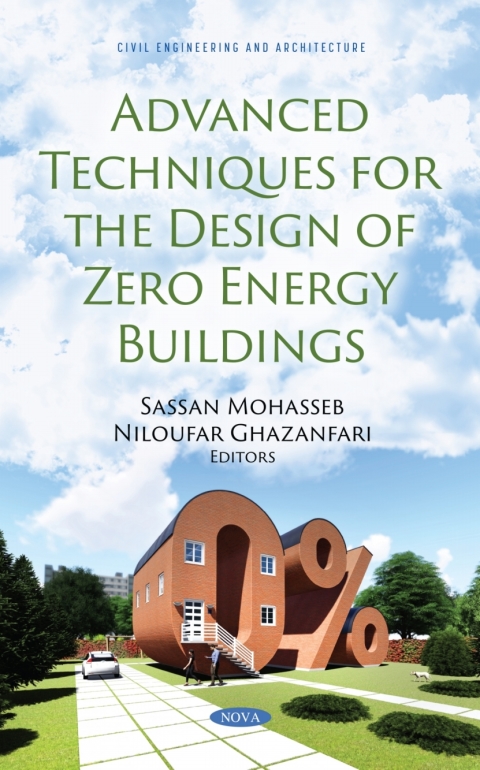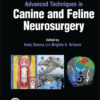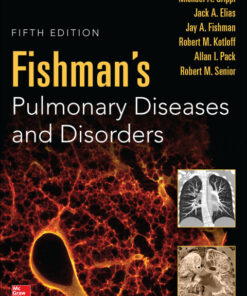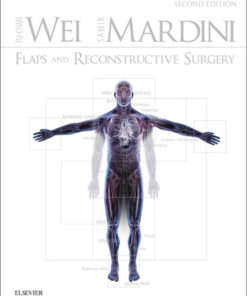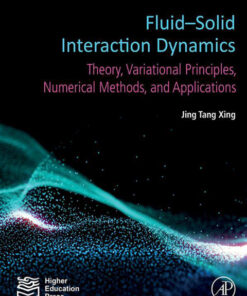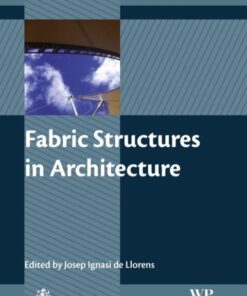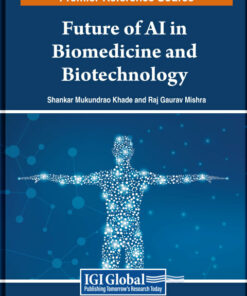Advanced Techniques for the Design of Zero Energy Buildings Ebook (tebook.shop)
$25.00
Nova
Advanced Techniques for the Design of Zero Energy BuildingsThe overall aim of the first chapter is to improve the knowledge about the simulation of thermal indoor climate for buildings in different climate conditions and its application for computer-based simulations. The work is done in order to simplify the use of CFD as a powerful tool in order to model the temperature distribution within the building envelope in two real cases in Switzerland, and promote a comfortable indoor environment with a maximum reduction of energy consumption.
High energy materials like cement, glass, brick and steel are typically used in building construction. However, it is possible to reduce the environmental impact of any structure through the use of alternative, low-energy materials such as Silica aerogels (aerogel-based plasters), Expanded Polystyrene (EPS), Polyurethane foams (PU), and Mineral wool (Stone or Glass). Increased interest has focused on the development of advanced sustainable construction materials (Nano thermal insulation materials, aerogels, etc.) with adequate mechanical properties and durability performance. The most convenient way to get the most out of their investment in a building is to use energy modeling software. The second chapter will be primarily concerned with the choice of materials, then the suitability of insulation exterior facades.
Geothermal is the most energy efficient and environmentally friendly method of heating and cooling buildings. The design of borehole thermal energy, as a common type of geothermal energy, is presented in Chapter Three. The calculation is based on heat transfer principles, including a case study of a BHE for a one-story house with all the properties related to analyze the BHE, e.g., to calculate the changes in the temperature of the circulating fluid.
Economic analysis of implementing renewable energy technologies in buildings is especially important for a transition away from the greenhouse emitting energies since a great majority of the current capital stock and infrastructure of today’s economic systems are adjusted based on fossil-fuel energies. Chapter Four presents a diverse collection of examples with economic analysis of costs and paybacks covering warm vs cold, social complexes vs private houses, and new vs historical buildings.
Solar energy has various uses besides more energy production and it can be incorporated in applications with cooling, heating and desalination processes. The main objectives of Chapter Five are to assess the degree of energy reduction using solar energy in buildings and to establish the requirements for energy-efficient design of buildings in cold/hot regions. Payback period analysis that evaluates the cost savings resulting from energy efficiency improvements is also addressed.ISBN: 9781536196290, 1536196290
Related products
Uncategorized

